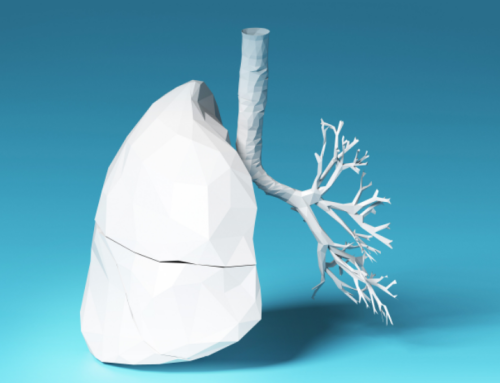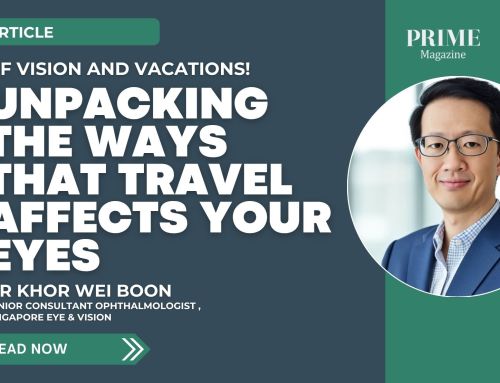
Light Therapy Can Prevent Dry Eye After Cataract
#PrimeSnippets
A New Approach to Reducing Dry Eye
A new study in Ophthalmology and Therapy reports that low-level light therapy can ease dry eye symptoms after cataract surgery. Dry eye is a common side effect, but this treatment may help stabilise the tear film and lower tear osmolarity. With these benefits, doctors may soon consider adding this therapy to routine care before and after surgery.
How the Study Worked
Researchers ran a clinical trial to test whether low-level light therapy can prevent dry eye in people undergoing cataract surgery. The team included only patients without earlier eye disease, dry eye, previous eye surgery, or other major eye problems.
Eighty-nine patients took part. They received either low-level light therapy at specific wavelengths (633 ± 10 nm) or a sham treatment. Both groups followed the same steps, but the sham device used light too weak to have any effect. Patients received treatment seven days before and seven days after surgery.

Woman having dry eyes
What the Researchers Measured
The team checked several signs of dry eye:
-
Ocular Surface Disease Index (OSDI) scores
-
Tear film stability
-
Tear production (Schirmer type 1 test)
-
Tear osmolarity
-
Corneal health (corneal fluorescein staining)
They evaluated patients at three points: before surgery, one week after surgery, and one month after surgery.
Clear Benefits from Light Therapy
Patients who received low-level light therapy improved at every check-in. Their OSDI scores dropped from 26.62 at baseline to 15.53 at one week and 13.36 at one month. In contrast, scores in the sham group worsened after surgery.
Tear film stability improved in the treatment group and tear osmolarity dropped. The sham group did not see the same benefits. Tear osmolarity in this group increased after surgery.
Corneal staining scores stayed stable in the light-therapy group, which suggests the cornea remained healthy. The sham group showed higher staining scores, a sign of surface damage.
Importantly, the therapy caused no reported side effects.
What This Means for Patients
Low-level light therapy may help patients feel more comfortable after cataract surgery. It may also improve satisfaction with recovery. The treatment is non-invasive, simple to use, and does not require staff to be present for long periods.
However, the study followed patients for only one month. Longer studies and clearer analysis may show which patients benefit the most. PRIME












Leave A Comment